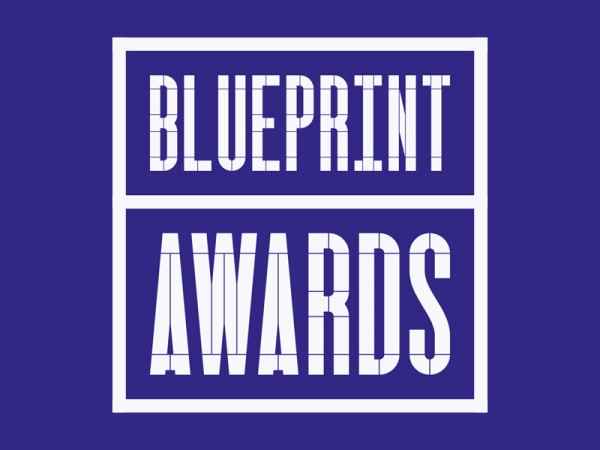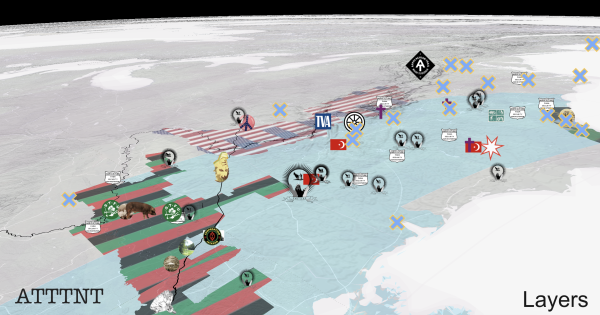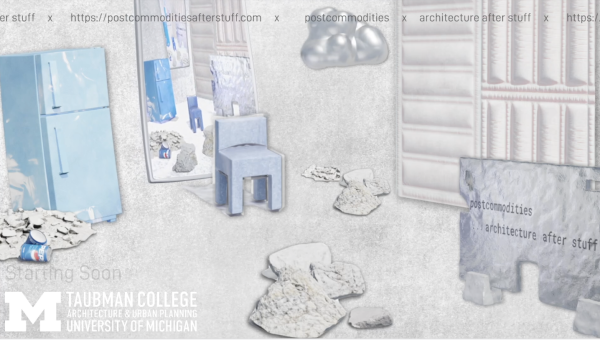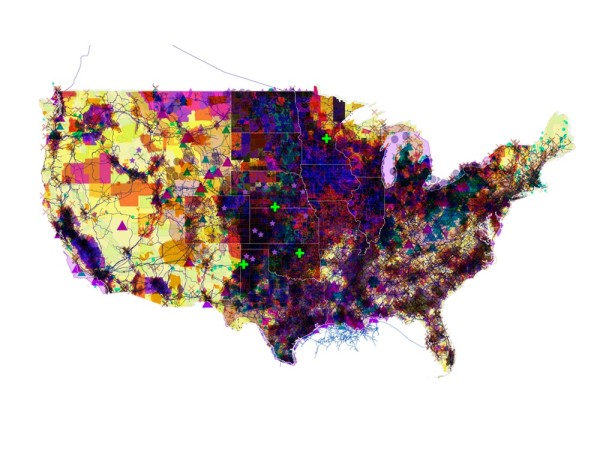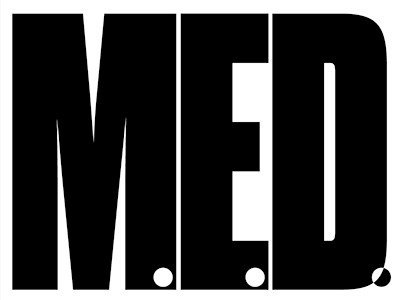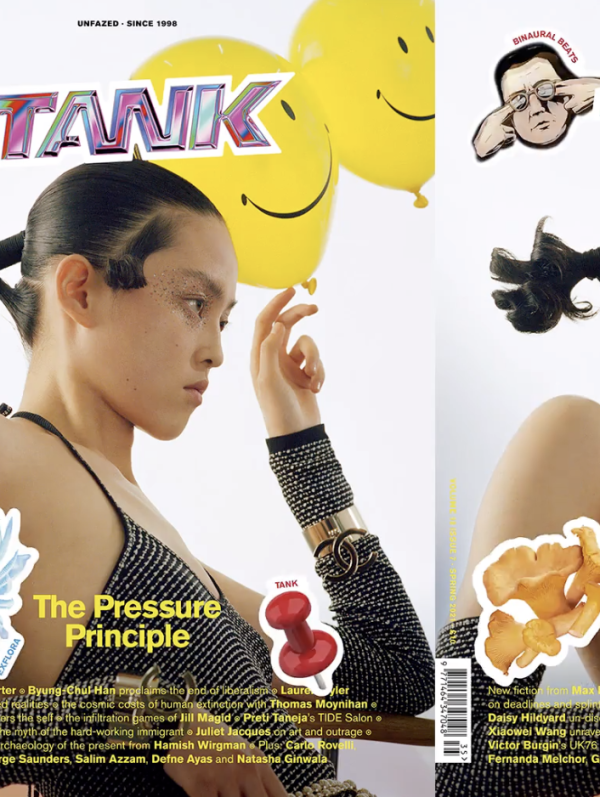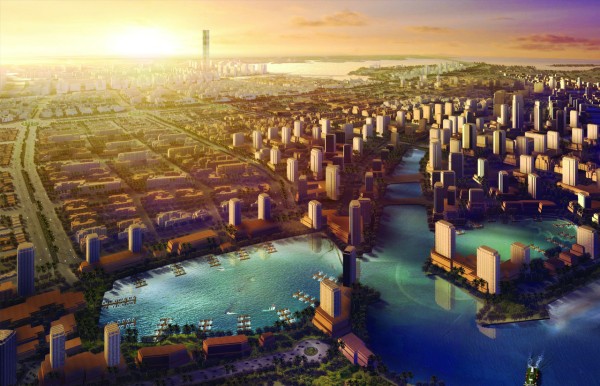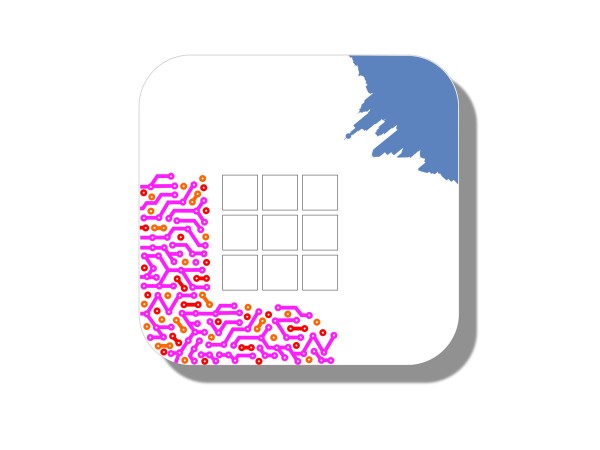Free Migration, YSOA studio
2017
Global infrastructure space has perfectly streamlined the movements of billions of products and tens of millions of tourists and cheap laborers, but at a time when over 65 million people in the world are displaced, there are still so few ways to handle political, economic, or environmental migrations. The nation-state has a dumb on-off button to grant or deny citizenship/asylum. And the NGOcracy offers as its best idea storage in a refugee camp—a form of detention lasting on average 17 years.
Rather than enabling this violence, can design be positioned further upstream to facilitate migration through an exchanges of needs—a global form of matchmaking between the sidelined talents of migrating individuals and a multitude of endeavors and opportunities around the world? What are the spatial problems or opportunities that might be linked to these assets? What are the technical or social mechanisms to facilitate the point-to-point sponsorship or linkage that fosters the most successful resettlements?
Might it even be possible to invert the unjust perception of the refugee as rejected and victimized to conceive of migration as an essential linguistic, diplomatic and leadership credential. To capture a global imagination, the story of this passage is not a story about those who belong nowhere but rather a story about those who belong everywhere.
See the work of Maggie Tsang, Paul Lorenz, and Madison Sembler here.
This questions raised by this studio inspired the MANY platform for the 2018 Venice Biennale.
